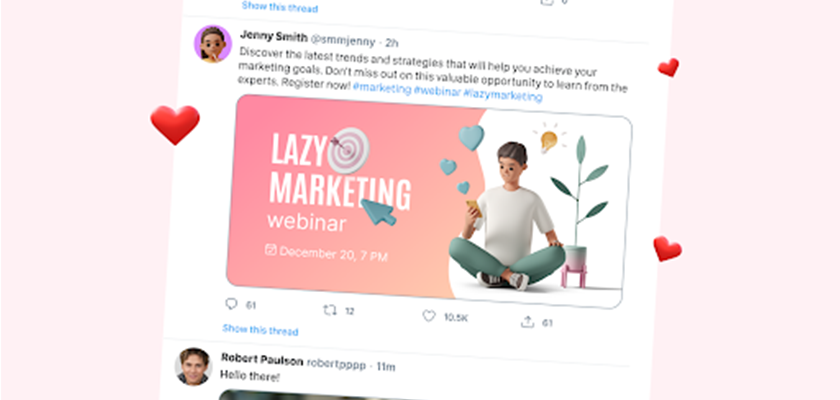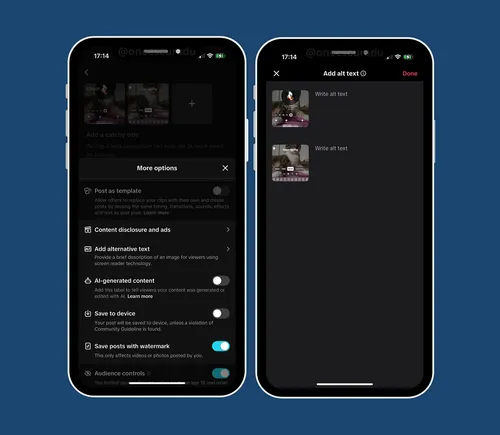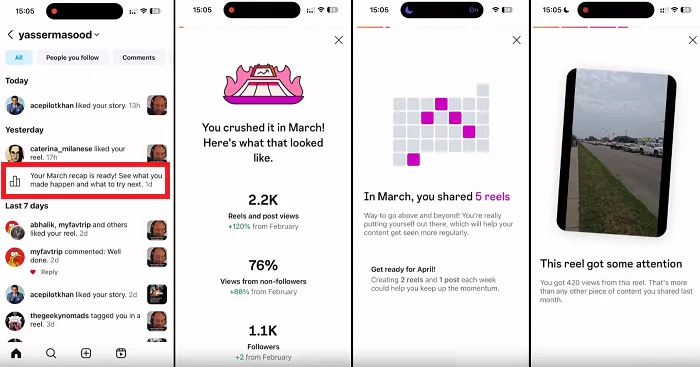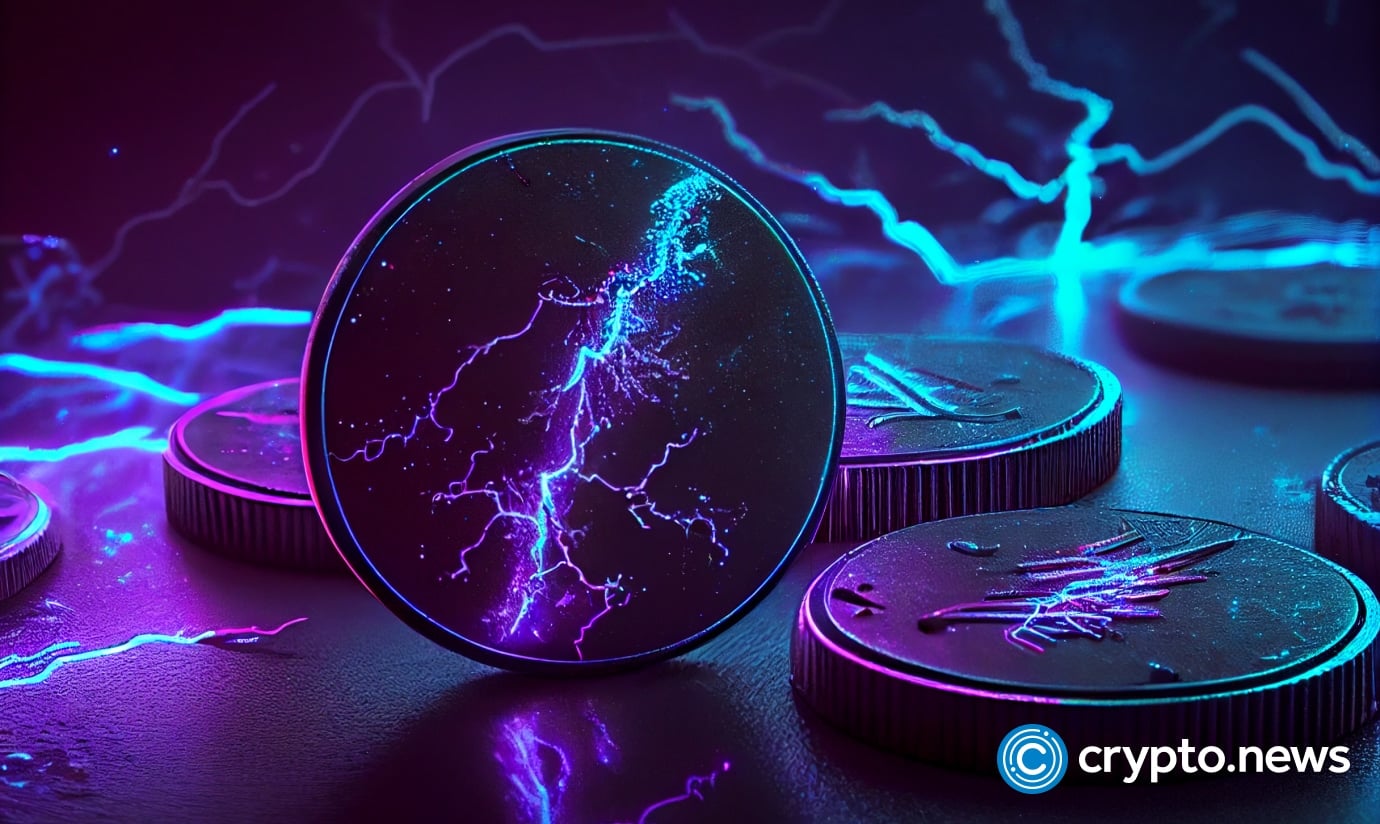Working Smarter: Real Design Efficiency Tips and Mega Creator’s Practical Benefits
If you’ve ever stayed up until 2 AM finishing design revisions or struggled to find that specific asset you swear you saved somewhere, you’re not alone. After 12+ years in this field, I’ve made just about every workflow mistake...

If you’ve ever stayed up until 2 AM finishing design revisions or struggled to find that specific asset you swear you saved somewhere, you’re not alone. After 12+ years in this field, I’ve made just about every workflow mistake possible. The good news? There are practical ways to ease these common pains.
This article shares hard-won efficiency tips alongside observations about how tools like Mega Creator address actual problems designers face daily—not theoretical ones. For those looking for external support, exploring options among various web design companies might also be a consideration.
Design Efficiency Tips That Actually Work
Design Systems: Start Small, Think Practical
The first time I attempted to create a design system, I spent three weeks documenting everything imaginable, then proudly presented it to my team. Six months later, nobody was using it. Lesson learned.
Effective design systems grow organically:
Begin with just your core color palette (the ones you actually use, not 50 shades of blue) Add 2-3 type styles for headings and body text Document your most-used UI elements (buttons, cards, forms) Include notes about when to use whatMy team now updates our design system quarterly, adding components only after they’ve proven useful in multiple projects. This approach has cut our production time by roughly a third while making our designs more consistent.
Component Libraries: Your Future Self Will Thank You
Last year, I inherited a project with 23 slightly different button styles scattered throughout. The previous designer hadn’t created a component library, so each new screen meant reinventing the wheel.
When building component libraries:
Create variants for different states and contexts Name components descriptively (e.g., “Primary CTA Button” not “Button 1”) Include usage examples showing right and wrong applications Set aside 30 minutes weekly to maintain and refine your libraryAfter implementing proper component management on that inherited project, we not only improved visual consistency by about.70%, but also reduced the time needed for new screen designs from hours to minutes.
Asset Management: Tame the Digital Junk Drawer
My asset folders used to look like my teenage bedroom—total chaos with occasional bursts of organization that quickly deteriorated. Sound familiar?
Here’s what finally worked for me:
Create folder structures based on projects, not abstract categories Use descriptive, searchable filenames (hero-homepage-april2024.jpg beats img_final_v3.jpg) Implement a “one-in, one-out” policy for similar assets Schedule monthly “clean-up” sessions (yes, actually put them on your calendar)These simple changes reduced my “where is that file?!” frustration by roughly 80%. More importantly, they’ve saved countless hours of hunting down assets or recreating things I couldn’t find.
Automation: Small Wins Add Up
During a particularly busy month last year, I tracked my time and discovered I was spending nearly 40% on repetitive tasks that could be automated.
Look for these quick automation wins:
Batch processing for resizing images across social media platforms Action sequences for common photo editing operations Export presets for different file types and contexts Templates for recurring design needsAfter implementing even basic automation, I reclaimed about 5-7 hours weekly—time now spent on actual creative problem-solving or occasionally leaving the office before dark.
Iterative Testing: Fail Fast, Revise Less
Early in my career, I’d work in isolation for weeks before showing designs to clients or users. The inevitable result? Major revisions that could’ve been avoided with earlier feedback.
My current approach:
Share rough concepts and wireframes before adding visual polish Test navigation patterns with 3-5 users early in the process Use simple A/B tests for critical elements when possible Schedule regular client check-ins with specific questionsThis approach might seem like more work upfront, but it has dramatically reduced those soul-crushing late-stage revision cycles.
How Mega Creator Addresses Real-World Design Challenges
Over the years, I’ve tested dozens of design tools. Some solve specific problems brilliantly while creating new ones. Others promise revolutionary changes but deliver mostly complications. My experience with Mega Creator has been refreshingly different.
The All-in-One Workflow That Actually Works
My typical day used to involve constant switching between Photoshop, Illustrator, InDesign, and various prototyping tools. The mental cost of context-switching alone was exhausting.
Mega Creator consolidates essential functions:
Vector editing capabilities for logos and illustrations Photo manipulation for basic image editing Typography controls with web font integration Layout tools for various digital and print formats 3D model options that don’t require specialized knowledgeThis integration means fewer mental gymnastics between tools and more consistent output. For projects requiring quick turnarounds (which seems to be all of them these days), this consolidation is genuinely helpful.
Finding What You Need When You Need It
My team wastes hours weekly searching for assets across various storage systems. The easy illustration approach of Mega Creator includes smart asset management that addresses this common frustration.
The platform offers:
Smart search that understands what you’re looking for, even with imperfect keywords Recently used sections that actually show what you need Version tracking that lets you roll back to previous iterations Logical organization that matches how designers actually thinkThese features directly address the “where the heck did I put that?” problem that plagues so many creative workflows.
AI That Handles Grunt Work, Not Creative Decisions
I’ve been skeptical about AI in design tools because most implementations I’ve tried either produce generic results or require more cleanup than they’re worth.
Mega Creator’s approach is more practical:
Background removal without tedious manual masking Smart resizing that maintains proportions and visual hierarchy Layout suggestions based on basic design principles Content-aware adjustments that respect your design intentThese functions handle the tedious aspects while leaving creative decisions in human hands—exactly the right balance.
Collaboration That Matches How Teams Actually Work
My design team spans three time zones with a mix of in-office and remote workers. Before adopting tools with collaboration features like Mega Creator, our workflow involved confusing email chains and conflicting file versions.
The platform approaches collaboration realistically:
Commenting directly on specific design elements Shared libraries that update for everyone simultaneously Clear revision history that shows who changed what and when Permission levels that prevent accidental changesThese features align with how design teams actually operate rather than imposing some idealized but impractical workflow.
Responsive Design Without Starting Over
Creating designs for multiple screen sizes traditionally meant essentially creating multiple versions of the same design—an inefficient approach at best.
The platform simplifies this through:
Flexible grid systems that adapt to different dimensions Components that respond intelligently to their containers Preview functions for various device sizes Proportional scaling that maintains design integrityThis approach significantly reduces the tedium of creating separate mobile, tablet, and desktop versions of the same design.
Design Systems That People Actually Use
I’ve seen too many beautiful design systems gather digital dust because they’re too complicated to implement in daily work.
Mega Creator’s approach feels more grounded:
Component libraries with practical variants Global style controls that simplify updates Customizable design tokens for different brands or projects Built-in consistency checks that flag divergent elementsThese features bridge the gap between the ideal of a comprehensive design system and the practical reality of deadline-driven work.
Design-to-Development Handoff That Reduces Friction
The transition from design to development has traditionally been fraught with misunderstandings and implementation inaccuracies.
Mega Creator addresses this common pain point through:
Developer-friendly specifications Asset exports optimized for implementation Code generation for certain elements Documentation that speaks both design and development languagesThese capabilities help reduce the all-too-familiar “that’s not what I designed” moments that plague the design-development relationship.
Making These Improvements Work for You
After years of trial and error, I’ve found the most success implementing workflow improvements gradually:
Identify your two biggest daily frustrations—start there, not with a complete overhaul Implement one improvement at a time, allowing it to become second nature before adding another Build your component library during actual project work, not as a separate initiative Schedule regular maintenance time for your systems (it won’t happen otherwise) Document the time saved to justify continued investment in your workflowFor teams considering tools like Mega Creator, I recommend starting with a specific project category rather than moving everything at once. This approach allows you to work through inevitable adjustment challenges without disrupting all ongoing work.
The Bottom Line
The most effective design workflows balance creative freedom with thoughtful systems. By implementing practical efficiency measures—whether through better organization, component reuse, automation, or integrated tools—you reclaim valuable time for what matters: solving design problems creatively.
Tools like Mega Creator represent a significant step toward addressing real challenges designers face daily. Its integrated approach, smart asset management, practical AI assistance, and collaboration features align with how design work actually happens, not how we pretend it does in case studies. What ultimately makes the difference isn’t just having capabilities available but implementing them in ways that feel natural to your process.
The best efficiency improvements are those you barely notice because they simply remove friction from your creative flow.

 Lynk
Lynk 












![How to Nail B2B Marketing in 2025 [+ Pro Tips, Tactics, & New Data]](https://www.hubspot.com/hubfs/b2btrends.webp)
















.jpg)
